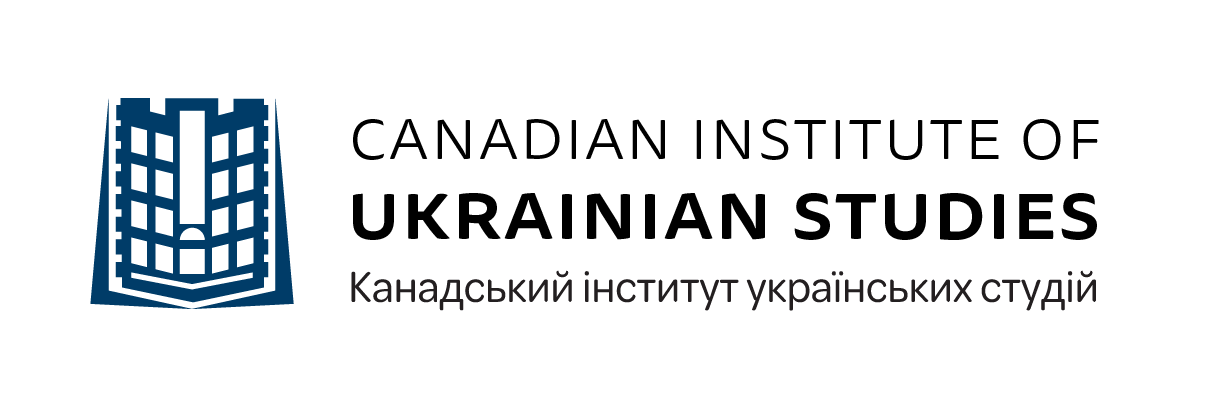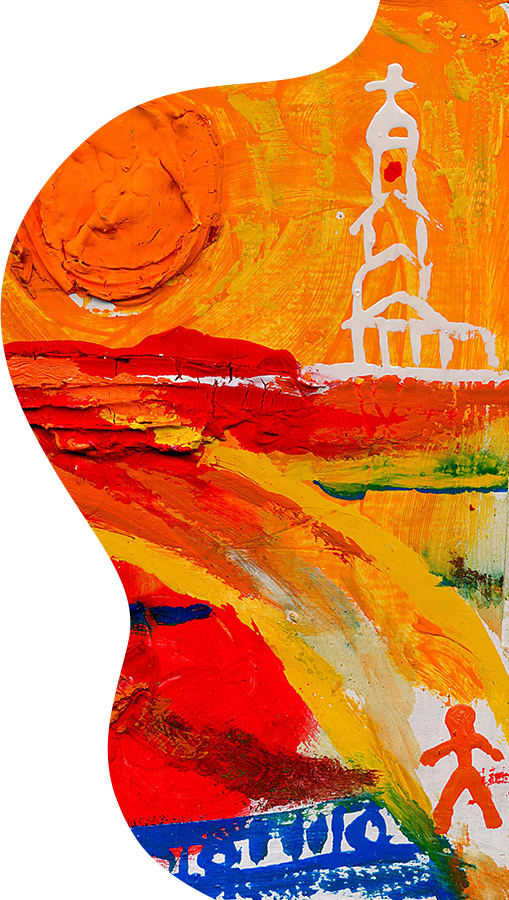CITY AND WAR 2.0

Transformations in the cultural landscapes of the major cities of eastern and southern Ukraine during the Russo-Ukrainian War
WHY IS THE PROJECT IMPORTANT?
The cultural landscape of a city takes shape over a long period of time and is a complex system of interconnected material and immaterial elements – physical and symbolic spaces, cultural heritage, sites of memory, traditions of celebration, commemorative practices, and more. It is not static and can undergo significant changes under the influence of various factors, including physical destruction and renovation, cultural and information wars, politics of history and memory, transformations of urban identity, and the like. The historical development of a city and the cultural memory of its residents find reflection in the urban cultural landscape.
The Russo-Ukrainian War poses a grave threat to sustainable urban development in eastern and southern Ukraine, inflicting as it does significant human casualties and large-scale destruction. The war has become a trigger for a reinterrogation of the history and culture of the region’s major cities, and for a complex transformation of urban cultural landscapes. Various components of these landscapes are undergoing critical rethinking and radical change, often initiated by local activists and city authorities. These transformations are unfolding for the most part under the umbrella of the nationwide policy of “decolonization – decommunization – derussification”, but their forms and outcomes vary. To this day, public discussions continue as to which components of the cultural landscape of the main urban centers of eastern and southern Ukraine deserve restoration and preservation, and which must be consigned to destruction and oblivion. These discussions play their role in bringing together communities in wartime and will have an effect on the future transition from war to peace. It is important to achieve a balance between modernization and heritage preservation, so that cities maintain continuity of tradition and preserve their cultural diversity, and so that their unique “faces” remain recognizable.
WHAT IS THE PROJECT ABOUT?
The goal of the project “CITY AND WAR 2.0” is to explore transformations in the cultural landscapes of the major cities of eastern and southern Ukraine during the Russo-Ukrainian War.
The project team works in several thematic groups: urban cultural landscapes in a comparative perspective, the city personified, the city metaphorical, the city symbolic, and contemporary art in the city.
The project was conceived by researchers from V.N.Karazin Kharkiv National University (Kharkiv, Ukraine) and the Canadian Institute of Ukrainian Studies at the University of Alberta (Edmonton, Canada).
WHAT ARE WE STUDYING?
The project “CITY AND WAR 2.0” is concerned with the processes of destruction, preservation, and rethinking of various components of the cultural landscapes of Dnipro, Donetsk, Zaporizhia, Odesa, and Kharkiv (the largest cities in the east and south of Ukraine) provoked by the Russo-Ukrainian War.
The project focuses on both material and immaterial components of the urban cultural landscape, in particular symbolic space, cultural heritage, sites of memory, festive traditions, commemorative practices, and so forth.
We pay special attention to contemporary art, which expresses an artistic understanding of the impact of the war on Ukrainian society as it deals with the traumas of collective memory, commemoration and memorialization of the war, identity shifts, and more.
HOW ARE WE DOING IT?
The project “CITY AND WAR 2.0” is a continuation of the research projects “CITY AND WAR: Destruction, Preservation and Rethinking of the Cultural Heritage of Large Cities in Eastern and Southern Ukraine During the Russo-Ukrainian War” (2022‒2024) and “CityFace: Practices of the Self-Representation of Multinational Cities in the Industrial and Post-Industrial Era” (2018‒2021).
The study of such complex and multifaceted phenomena as urban cultural landscapes calls for the use of a wide range of approaches. The project team seeks not only to record changes in individual elements of the cultural landscapes of the five largest cities of eastern and southern Ukraine, but also to bring an interdisciplinary community of experts into the discussion of these issues. The project will involve public online events, including lectures, presentations, discussions, webinars, etc. In addition, the project team will continue to document the views of experts (scholars, specialists from museums, archives, and libraries, journalists, writers, artists, photographers, and others) on the processes of destruction, preservation, and rethinking of the diverse urban cultural heritage of eastern and southern Ukraine.
The project is an open network, the participants of which work closely together guided by the principles of objectivity, attentiveness, flexibility, creativity, and professionalism.
The project is made possible thanks to the support of the Contemporary Ukraine Studies Program at the Canadian Institute of Ukrainian Studies, University of Alberta.




